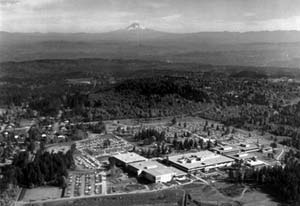I read a summary on the Geography of Africa today. Not the physical layout of Africa, but the geographical research areas of interest of the last 15 years. Its now clear to me that Africa has routinely gotten the shaft from its colonial and post-colonial neighbors. I couldn’t really use the phrase “got the shaft” in the overview of the subject for class, but its hard to think of a more succinct way to paraphrase it since, well, since Aristotle.
I had the impression that Africa was getting taken advantage of by imperial powers and banks, but it was mostly limited to hippie-speak. These were more in-depth looks at the horrible cascading of unforeseen consequences to land use change, the profit exporting of IMF and Worldbank improvement projects, and the dismantling of appropriate medical resources to cope with the diseases challenging the continent. Africa seems to be the test bed for ill-planned projects and poor management decisions.
Fortunately, there are plenty of people aware of this who are interested in fixing many of these problems. Hopefully this includes an understanding that change need not jump from pastoral to industrial in one step, and that the ability to sustain itself rates higher than the ability to raise cash-crops.

